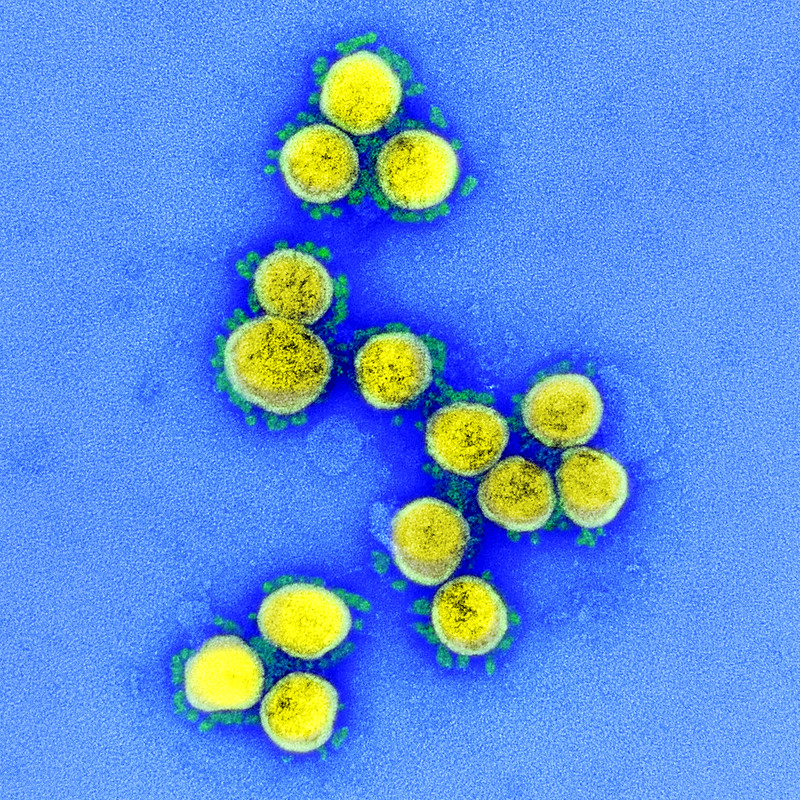Candidate: Nanobody-based treatment
Type: Modified nanobody capable of treating coronaviruses, not only SARS-CoV-2 but the coronaviruses linked to SARS and MERS
Status: Beroni Group on August 4 said its researchers and investigators from Tianjin University have enhanced the affinity and specificity of the 24 lead nanobody constructs discovered earlier this year. Out of the 24 nanobodies, 16 target the S-protein for use as antiviral therapeutics, and the other eight target the N-protein, for use as a marker in diagnostic assays. Beroni said the scientists successfully established a prokaryotic expression and purification system for nanobodies in vitro, with the 16 S-protein nanobodies expressed and purified with a purity of 98%. Also, the nanobody expression vectors for the 8 N-protein nanobodies have been constructed, and the antibodies purified.
Scientists are proceeding with a collaboration with the CRO Genscript Biotech to jointly target the coronavirus-specific nanobodies and conduct pseudovirus neutralization test, with the aim of screening out nanobodies with strong affinity and good efficacy. Beroni said the research team will combine structure-based design and random mutations to optimize and humanize the nanobodies. To carry out the affinity maturation test of the nanobodies, they will use PML (Precise Mutant Library) database and FASEBA (Fast Screening for Expression, Biophysical-Properties and Affinity) screening technology, then carry out further purification and verification to obtain the lead nanobody.
The humanized modification and affinity maturation of nanobodies are expected to be completed within the next three months, Beroni said. The study’s next stage will entail further advancing the preclinical research study through ive virus testing, animal testing, and formulation development. Animal testing is aimed to be completed by end-2020 to be followed by the human clinical trials, which are expected to take a year to complete.
In May, Beroni said its researchers and investigators from Tianjin University had discovered 24 lead nanobody constructs that can bind to the key proteins of coronavirus with high affinity and specificity. The S (spike) protein is the prime target of 8 of these nanobodies which can be used as antiviral therapeutics whilst the other 16 deal with the N (nucleocapsid) protein, which can be used as a marker in diagnostic assays.
With the discovery of the 24 nanobodies, Beroni said, researchers are set to conduct animal experiments and clinical trials which are expected to yield results within the next 12-18 months, and to be conducted with an international CRO/CDMO. According to Beroni, the nanobody has the advantages of high stability, improved screening/isolation techniques, high absorption rate, superior cryptic cleft accessibility, and low immunogenicity compared with the traditional antibodies.
Separately, Beroni said it has gained approval from China’s Ministry of Commerce to export its SARS-CoV-2 IgG/IgM antibody detection kit overseas. The test, based on colloidal gold, is a rapid single-use immunochromatographic test intended for the qualitative detection of IgG and IgM protein from the SARS-CoV-2 virus in capillary “fingerstick” whole blood, plasma, and serum samples. The kit is designed to yield results in 10 minutes, and according to the company has a 97% accuracy rate.
Beroni’s test kit is already CE certified for the European Union market and has been added to the list of Commercial Manufacturers and Laboratories which have notified the FDA that they have validated serology tests, after previously submitting its test kits to the agency for emergency use authorization approval.
COVID-19: 200 Candidates and Counting
To navigate through the >200 potential therapeutic and vaccine options for COVID-19, GEN has grouped the candidates into four broad categories based on their developmental and (where applicable) clinical progress:
● FRONT RUNNER – the most promising therapeutics/vaccines based on clinical progress, favorable data or both.
● DEFINITELY MAYBE – earlier phases with promising partners, or more advanced candidates in development that have generated uneven data
● KEEPING AN EYE ON… – interesting technology, attracting notable partners, or both, but preliminary data.
● TOO SOON TO TELL – longshots pending additional experimental and/or clinical data.
GEN has also tagged the most common treatment types:
● ANTIVIRAL
● VAX
● ANTIBODY
● RNA



